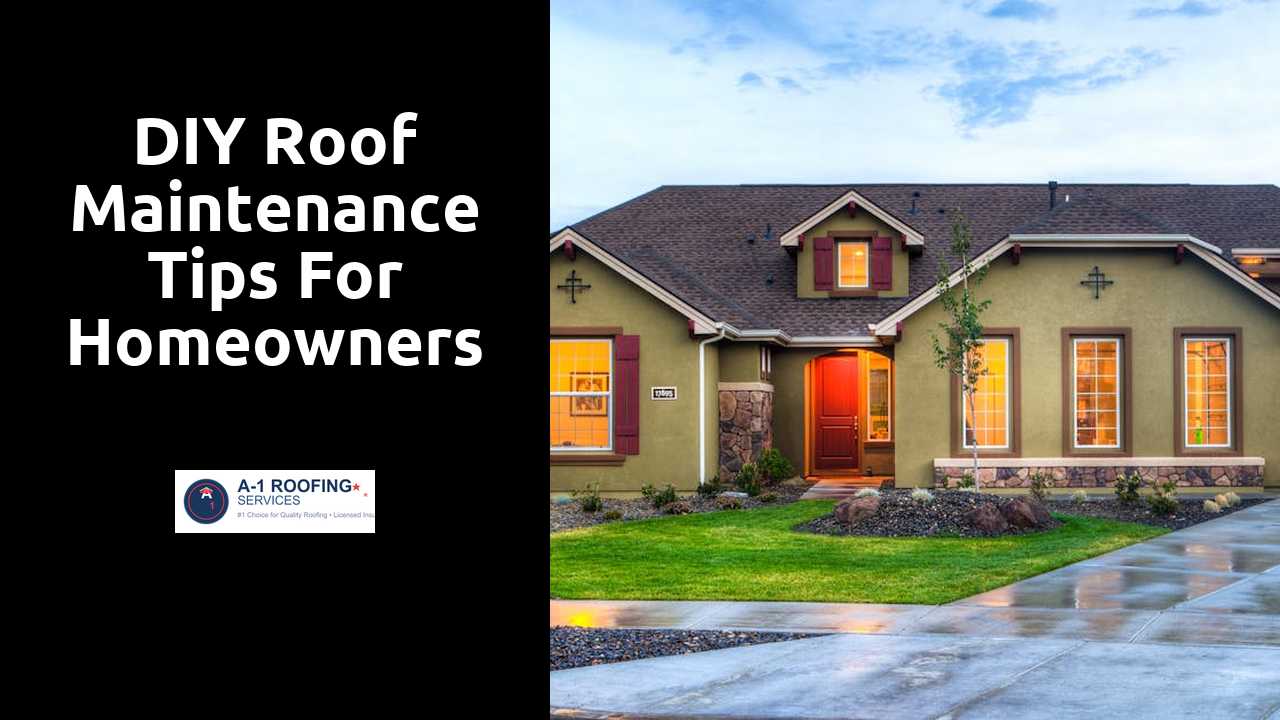
DIY Roof Maintenance Tips for Homeowners
Table Of Contents
Dealing with Moss and Algae
Moss and algae can create unsightly patches on your roof, compromising both its aesthetics and longevity. These organisms thrive in damp, shaded areas, often leading to moisture retention that can damage roofing materials over time. Regular inspections are essential for identifying early signs of growth. Areas shaded by trees or structures are particularly vulnerable. Homeowners should take proactive steps to minimize these conditions.
When it comes to removal, a few effective techniques can restore your roof. Using a soft-bristle brush can gently loosen moss and algae without damaging the shingles. For tougher infestations, a solution of water and bleach or commercial roof cleaners can be applied. Make sure to follow manufacturer instructions carefully and use safety gear. Rinsing off the solution with water is crucial to prevent any residue from causing further issues.
Additional info can be found here.
Effective Removal Techniques
Moss and algae can be effectively removed using several methods that homeowners can easily implement. One popular approach is the use of a high-pressure washer, which can dislodge stubborn growth without damaging the roofing material. It's advisable to set the pressure to a moderate level to avoid compromising the shingles. For those who prefer a less intense method, a mixture of water and vinegar or bleach can be sprayed on the affected areas. This solution works by killing the moss and algae, allowing for easier removal afterward.
Another technique involves using specialized roofing cleaners that are specifically designed to combat moss and algae. These products typically contain ingredients that break down organic matter and may be more effective than homemade solutions. Applying these cleaners according to the manufacturer's instructions ensures optimal results. After treatment, it is essential to remove any debris and rinse the roof thoroughly to prevent residue buildup. Regular monitoring and maintenance can help keep your roof free from these unwanted growths.
Sealing Roof Leaks
Identifying and sealing roof leaks promptly can prevent significant damage and costly repairs. Start by inspecting your roof for missing shingles, cracks, or other signs of wear. Roof leaks can be tricky to locate, so look for stains on the ceiling or walls as indicators that water may be infiltrating. Familiarize yourself with common leak-prone areas such as roof valleys, chimneys, and skylights.
Once you've pinpointed the source, gather your materials. Depending on the size and nature of the leak, you may need roofing cement, a patch kit, or sealant specific for your roofing material. Ensure the area is clean and dry before applying any product. Follow the manufacturer's instructions closely for the best results. For larger leaks or extensive damage, it may be wise to consult a professional to ensure the integrity of your roof remains intact.
Step-by-Step Guide for Homeowners
Begin by gathering essential materials such as roofing cement, a trowel, and a putty knife. Inspect the roof for potential leak sources, focusing on areas around vents, chimneys, and flashing. Remove any debris and old sealant using the putty knife. For small leaks, apply roofing cement generously over the affected area. Ensure the cement fills in crevices and forms a solid layer for added protection.
For larger leaks or damaged areas, consider replacing the affected shingles or sections. Carefully lift surrounding shingles and remove the damaged piece. Replace it with a new shingle that matches your roof type. Secure the new shingle with roofing nails and seal the edges with cement. After repairs, check the entire roof for any additional issues to prevent future leaks and ensure longevity. Regular inspections will help maintain the integrity of your roof and save on costly repairs.
Ventilation and Insulation Considerations
Proper ventilation is essential for maintaining the health of your roof. Inadequate airflow can lead to heat buildup in the attic, which may cause shingles to warp and age prematurely. It can also trap moisture, increasing the risk of mold growth and wood rot. Installing vents strategically around the roof can help regulate temperature and humidity levels, contributing to a longer-lasting roofing system.
Insulation plays a critical role in controlling both the temperature and moisture in your attic space. Well-insulated attics can prevent warm air from escaping during the winter months, while also keeping excessive heat from building up in the summer. This balance lessens the strain on your heating and cooling systems, ultimately improving energy efficiency. Proper insulation, combined with good ventilation,can enhance the durability of your roof and protect your home from potential damage.
How Proper Ventilation Affects Roof Lifespan
Proper ventilation in the attic helps regulate temperature and moisture levels, contributing to the overall health of a roof. When warm air rises and becomes trapped in the attic, it can lead to excessive heat buildup. This heat can accelerate shingle deterioration and the aging of roofing materials. Additionally, high humidity levels can promote mold growth, which can damage wooden structures and lead to costly repairs.
Ensuring that your roof has adequate airflow prevents these issues, extending its lifespan. Ridge vents, soffit vents, and gable vents work together to create an efficient ventilation system. By maintaining a balanced airflow, homeowners can minimize the risk of ice dams in winter and reduce stress on roofing materials during the hot summer months.
Related Links
Effective Techniques for Patching Roof LeaksHow to Identify Roof Damage Early